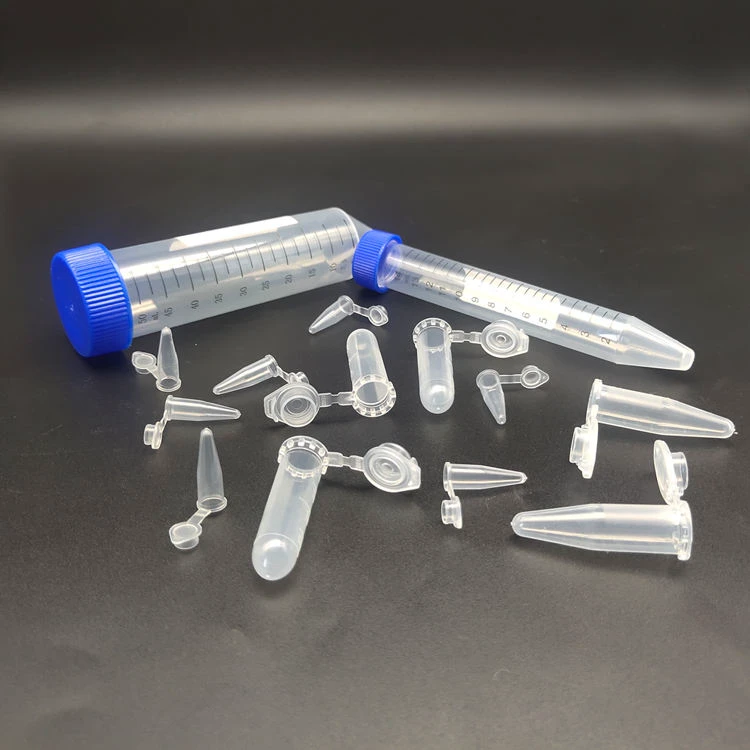
-
 Afrikaans
Afrikaans -
 Albanian
Albanian -
 Amharic
Amharic -
 Arabic
Arabic -
 Armenian
Armenian -
 Azerbaijani
Azerbaijani -
 Basque
Basque -
 Belarusian
Belarusian -
 Bengali
Bengali -
 Bosnian
Bosnian -
 Bulgarian
Bulgarian -
 Catalan
Catalan -
 Cebuano
Cebuano -
 Corsican
Corsican -
 Croatian
Croatian -
 Czech
Czech -
 Danish
Danish -
 Dutch
Dutch -
 English
English -
 Esperanto
Esperanto -
 Estonian
Estonian -
 Finnish
Finnish -
 French
French -
 Frisian
Frisian -
 Galician
Galician -
 Georgian
Georgian -
 German
German -
 Greek
Greek -
 Gujarati
Gujarati -
 Haitian Creole
Haitian Creole -
 hausa
hausa -
 hawaiian
hawaiian -
 Hebrew
Hebrew -
 Hindi
Hindi -
 Miao
Miao -
 Hungarian
Hungarian -
 Icelandic
Icelandic -
 igbo
igbo -
 Indonesian
Indonesian -
 irish
irish -
 Italian
Italian -
 Japanese
Japanese -
 Javanese
Javanese -
 Kannada
Kannada -
 kazakh
kazakh -
 Khmer
Khmer -
 Rwandese
Rwandese -
 Korean
Korean -
 Kurdish
Kurdish -
 Kyrgyz
Kyrgyz -
 Lao
Lao -
 Latin
Latin -
 Latvian
Latvian -
 Lithuanian
Lithuanian -
 Luxembourgish
Luxembourgish -
 Macedonian
Macedonian -
 Malgashi
Malgashi -
 Malay
Malay -
 Malayalam
Malayalam -
 Maltese
Maltese -
 Maori
Maori -
 Marathi
Marathi -
 Mongolian
Mongolian -
 Myanmar
Myanmar -
 Nepali
Nepali -
 Norwegian
Norwegian -
 Norwegian
Norwegian -
 Occitan
Occitan -
 Pashto
Pashto -
 Persian
Persian -
 Polish
Polish -
 Portuguese
Portuguese -
 Punjabi
Punjabi -
 Romanian
Romanian -
 Russian
Russian -
 Samoan
Samoan -
 Scottish Gaelic
Scottish Gaelic -
 Serbian
Serbian -
 Sesotho
Sesotho -
 Shona
Shona -
 Sindhi
Sindhi -
 Sinhala
Sinhala -
 Slovak
Slovak -
 Slovenian
Slovenian -
 Somali
Somali -
 Spanish
Spanish -
 Sundanese
Sundanese -
 Swahili
Swahili -
 Swedish
Swedish -
 Tagalog
Tagalog -
 Tajik
Tajik -
 Tamil
Tamil -
 Tatar
Tatar -
 Telugu
Telugu -
 Thai
Thai -
 Turkish
Turkish -
 Turkmen
Turkmen -
 Ukrainian
Ukrainian -
 Urdu
Urdu -
 Uighur
Uighur -
 Uzbek
Uzbek -
 Vietnamese
Vietnamese -
 Welsh
Welsh -
 Bantu
Bantu -
 Yiddish
Yiddish -
 Yoruba
Yoruba -
 Zulu
Zulu
100ml centrifuge tubes
The Importance of Choosing the Right 100 mL Centrifuge Tubes
In laboratory settings, the choice of equipment can significantly influence experiment outcomes. Among the various tools available, 100 mL centrifuge tubes play a crucial role in sample processing. These tubes are extensively used for separating components in a liquid mixture based on density, utilizing the principle of centrifugation. Understanding the characteristics and applications of these tubes can help researchers make informed decisions for their specific needs.
The Importance of Choosing the Right 100 mL Centrifuge Tubes
One of the key advantages of 100 mL centrifuge tubes is their capacity. The 100 mL volume is ideal for a wide range of applications, from clinical diagnostics to biochemical research. Researchers can process relatively large samples, making it easier to work with bulk fluids, such as blood or cell cultures. This capacity also allows for the addition of reagents without exceeding the tube’s limit, which can be particularly beneficial in various experimental setups.
100ml centrifuge tubes

Furthermore, these centrifuge tubes are compatible with a wide range of centrifuges, making them a versatile choice for laboratories. They can withstand high centrifugal forces, withstanding speeds generally exceeding 10,000 rpm, depending on the specific design. However, it is essential to ensure that the chosen tube is rated for the centrifuge being used to avoid breakage or leakage during operation.
Another noteworthy aspect of 100 mL centrifuge tubes is their clarity. Many of these tubes are transparent or semi-transparent, allowing for easy observation of the samples without the need to open the tube. This feature is particularly advantageous when monitoring sedimentation processes or when performing visual assessments of sample changes.
Moreover, 100 mL centrifuge tubes are often designed with graduation marks, which facilitate accurate measurement of sample volumes. This is essential in experimental protocols where precise volumes are critical. Some tubes also include writing surfaces or labels, enabling researchers to clearly mark samples, reducing the risk of misidentification.
In conclusion, 100 mL centrifuge tubes are an indispensable component in many laboratory procedures. Their capacity, material resilience, and user-friendly features make them suitable for a vast array of scientific applications. By selecting the appropriate centrifuge tubes, researchers can enhance their experimental efficiency and achieve more reliable results. Understanding the specifications and best practices surrounding the use of these tubes will undoubtedly contribute to improved laboratory outcomes.
-
Premium Metal Dropper Bottle for Precise Dispensing 250ml & 1ml Options AvailableNewsJul.04,2025
-
20 ml Headspace Vials - High Quality Polyethylene & Plastic Vials for Lab UseNewsJul.04,2025
-
Small Bottle with Pipette - Precise Dispensing 100ml Pipette Bottles for Essential Oils & Lab UseNewsJun.24,2025
-
Acetic Anhydride Bottle for Accurate Dropper Measurement in Pharmacy Use High-Quality Dropper BottlesNewsJun.10,2025
-
Innovative PET Bottle Design for Juice – Unique Shapes & Customization OptionsNewsJun.10,2025
-
20 Pack Sterilized Petri Dishes – Assorted Sizes, High Quality Small Plastic Petri Dishes for Lab UseNewsJun.10,2025






















